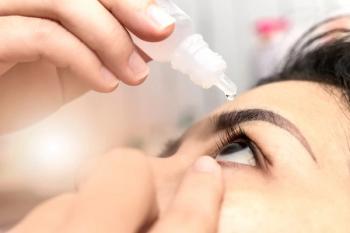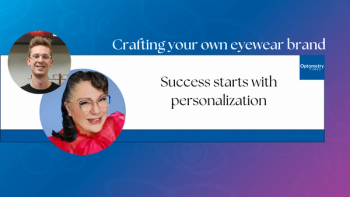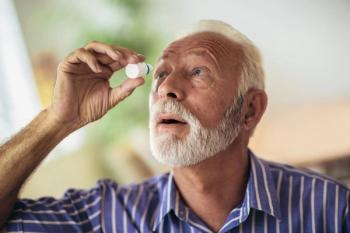
This week in optometry: November 6-November 11
Catch up on what happened in optometry during the week of November 6-November 11.
Catch up with what Optometry Times®' shared this week:
Informed decision-making at the point of prescribing meds
Will Kuhlmann
EyeMedsNow is a free online software as a service (SaaS) platform that offers eye care providers (ECPs) immediate access to an extensive database of prescription and OTC medications used in the treatment of eye diseases. In other words, EyeMedsNow is an information portal that allows ECPs to easily obtain clear information they need to confidently determine the optimal medication for any eye disease. As an online search engine, EyeMedsNow can be at the prescribers’ fingertips at the time of prescribing.
Drops vs inserts: Which increases adherence?
Jennifer S. Harthan, OD, FAAO, FSLS
As an optometrist at a practice specializing in contact lenses, I treat many patients who have keratoconus. However, keeping them comfortable can be a struggle, particularly when they have comorbid ocular inflammatory conditions such as allergies and dry eye.
Although several drugs can ease inflammation, patients who wear specialty contact lenses have a fairly high rate of nonadherence with topical medications.
Fortunately, encouraging news came out of a study I presented last year,1 which found that a time-released steroid placed into the lower punctum and then into the canaliculus may be a good alternative to drops for some of these patients.
AAOpt 2023: Embracing technology to combat HOA
Clark Y. Chang, OD, MSA, MSc, FAAO; Kassi Jackson, Editor
Clark Chang, OD, MSA, MSC, FAAO, sat down with Optometry Times®' editor Kassi Jackson to share highlights from his 2023 American Academy of Optometry meeting presentation, "CL-06: New Wave Thinking on Wavefront Guided Contact Lenses," which he co-presented with Christine Sindt, OD, FAAO, in New Orleans.
Are your patients suffering in silence with dry eye disease?
John D. Sheppard, MD, MMSc, FACS
Simple interventions can significantly improve quality of life for patients with
Newsletter
Want more insights like this? Subscribe to Optometry Times and get clinical pearls and practice tips delivered straight to your inbox.
















































.png)


